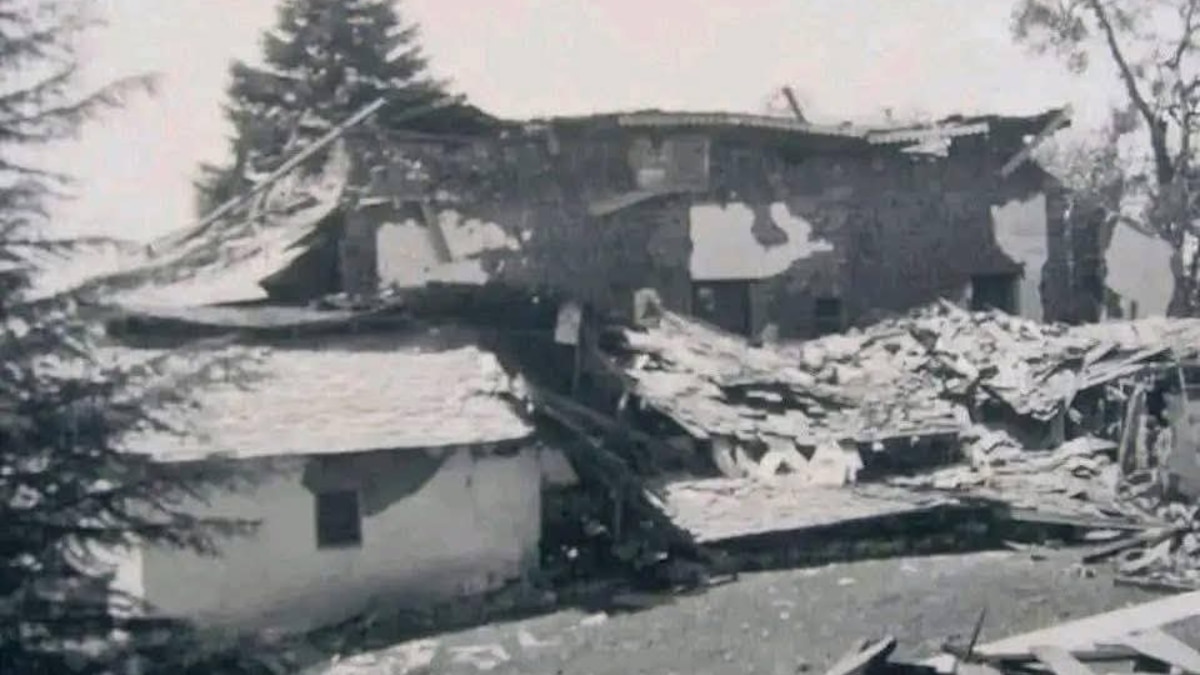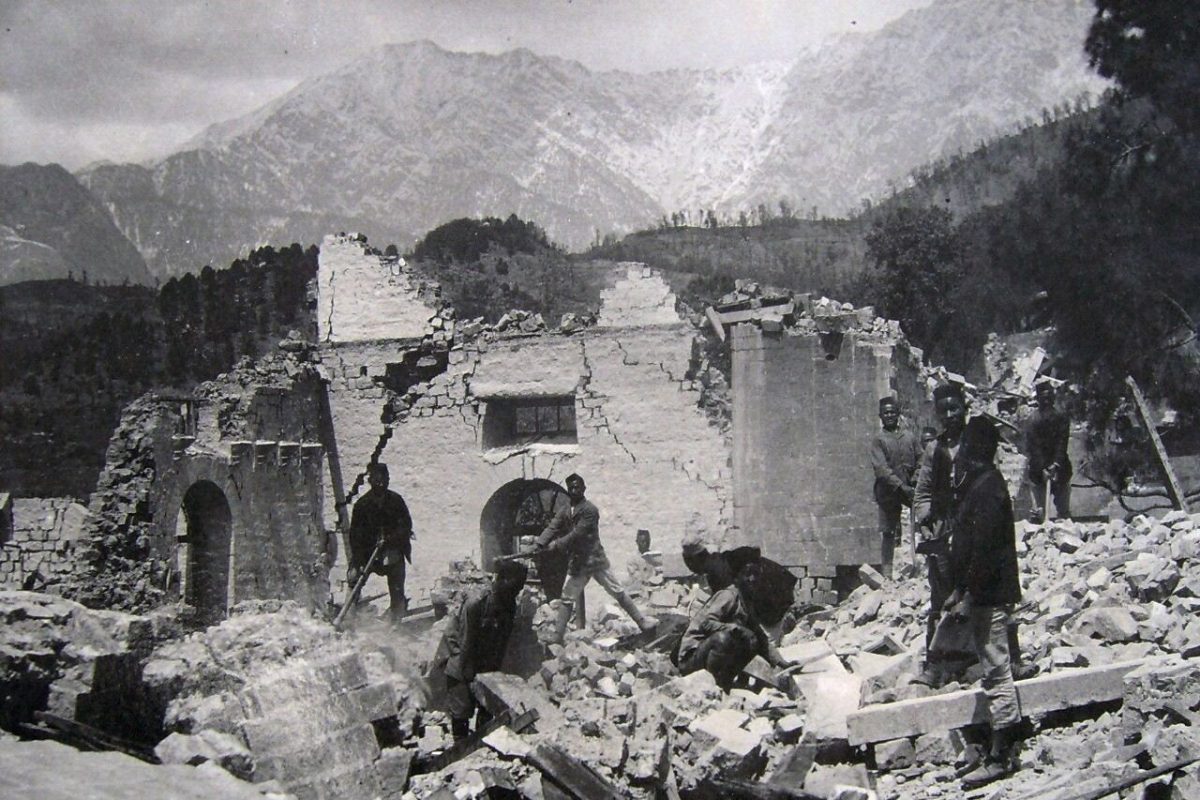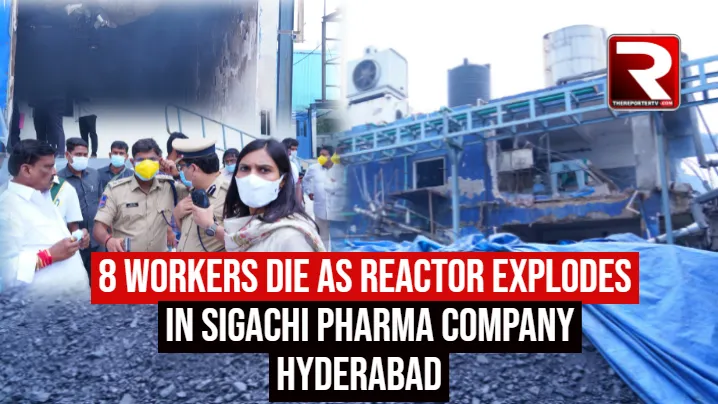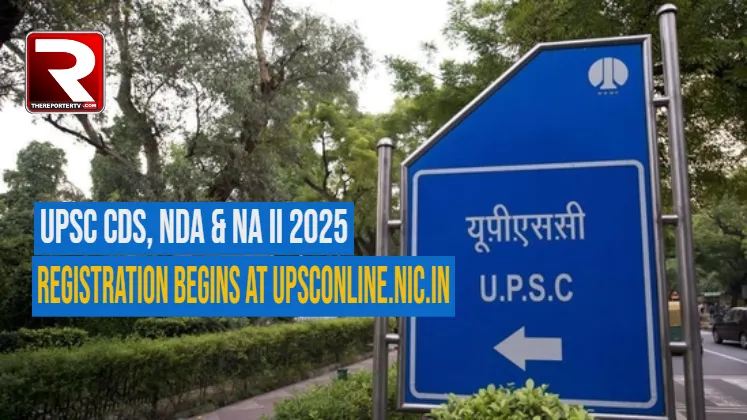Dharamsala, April 4: Today marks the 120th anniversary of the devastating 1905 Kangra Valley earthquake in Himachal Pradesh, one of the deadliest seismic events of the 20th century. The 7.8 magnitude quake claimed over 20,000 lives and destroyed more than 100,000 buildings, leaving an indelible mark on the Himalayan region’s history.

The National Institute of Disaster Management (NIDM) highlighted the tragic significance of April 4, 1905, urging people to learn from the past to build a safer future. “Together, we can reduce risks and save lives,” the institute stated.
The earthquake, which struck at 5:20 a.m., remains a stark reminder of the region’s vulnerability. Seismologists warn that areas like Kangra, with a history of major seismic activity, may face similar or even stronger earthquakes in the future, potentially occurring at intervals of 50 to 200 years.
)
Modern-Day Risks in the Shadow of History
Despite the lessons from history, concerns persist. A research paper warns about the increasing number of multi-storied buildings in unstable areas like McLeodganj, which sits in seismic zone V—an area prone to severe earthquakes. The mushrooming of illegal constructions in McLeodganj and nearby tourist spots like Naddi and Bhagsu poses a significant threat to both residents and the Dalai Lama’s residence, which has been a symbol of Tibetan resilience since 1960.
Tenzin Dorjee, an octogenarian who has lived in McLeodganj since the 1960s, expressed deep concern: “When I was a child, McLeodganj was a small, quaint town with monasteries amid lush deodar pines. Today it is concrete all over, more a buzzing tourist spot.”
A History of Repeated Tremors
The Kangra region has experienced several earthquakes since 1905, including significant ones in 1978 (magnitude 5) and 1986 (magnitude 5.7). Despite these recurring events, illegal constructions continue to flourish, particularly in Himachal Pradesh’s popular tourist destinations like Shimla, Manali, Palampur, and Solan.
Experts warn that many of these structures, built without adherence to seismic safety codes, are vulnerable and could collapse like a house of cards in the event of a high-intensity quake.
The Government’s Lack of Preparedness
A 2017 performance audit by the Comptroller and Auditor General (CAG) highlighted critical gaps in disaster preparedness. The audit revealed that 90% of rural buildings do not follow safe construction practices, and seismic-resistant construction is largely unregulated in rural areas.
The National Green Tribunal and the High Court have repeatedly criticized state authorities for failing to curb unauthorized constructions, blaming both the BJP and Congress governments for turning picturesque towns into concrete jungles.
A Call to Action
As Dharamsala remembers the tragic quake of 1905, experts and environmentalists continue to call for sustainable development and stricter enforcement of building codes. The shadow of history looms large, but it also serves as a warning: the time to act is now, before the next tremor turns into another tragedy.













